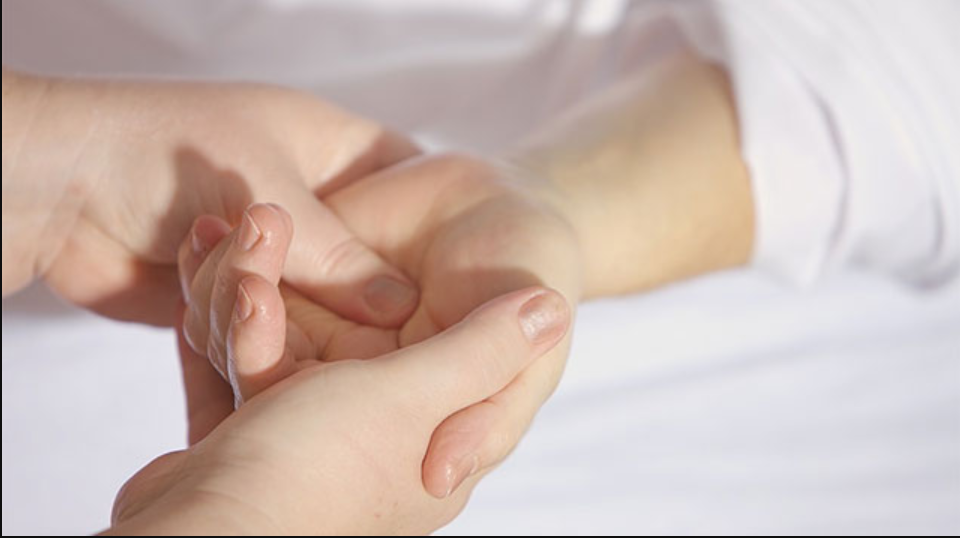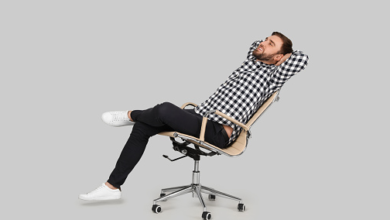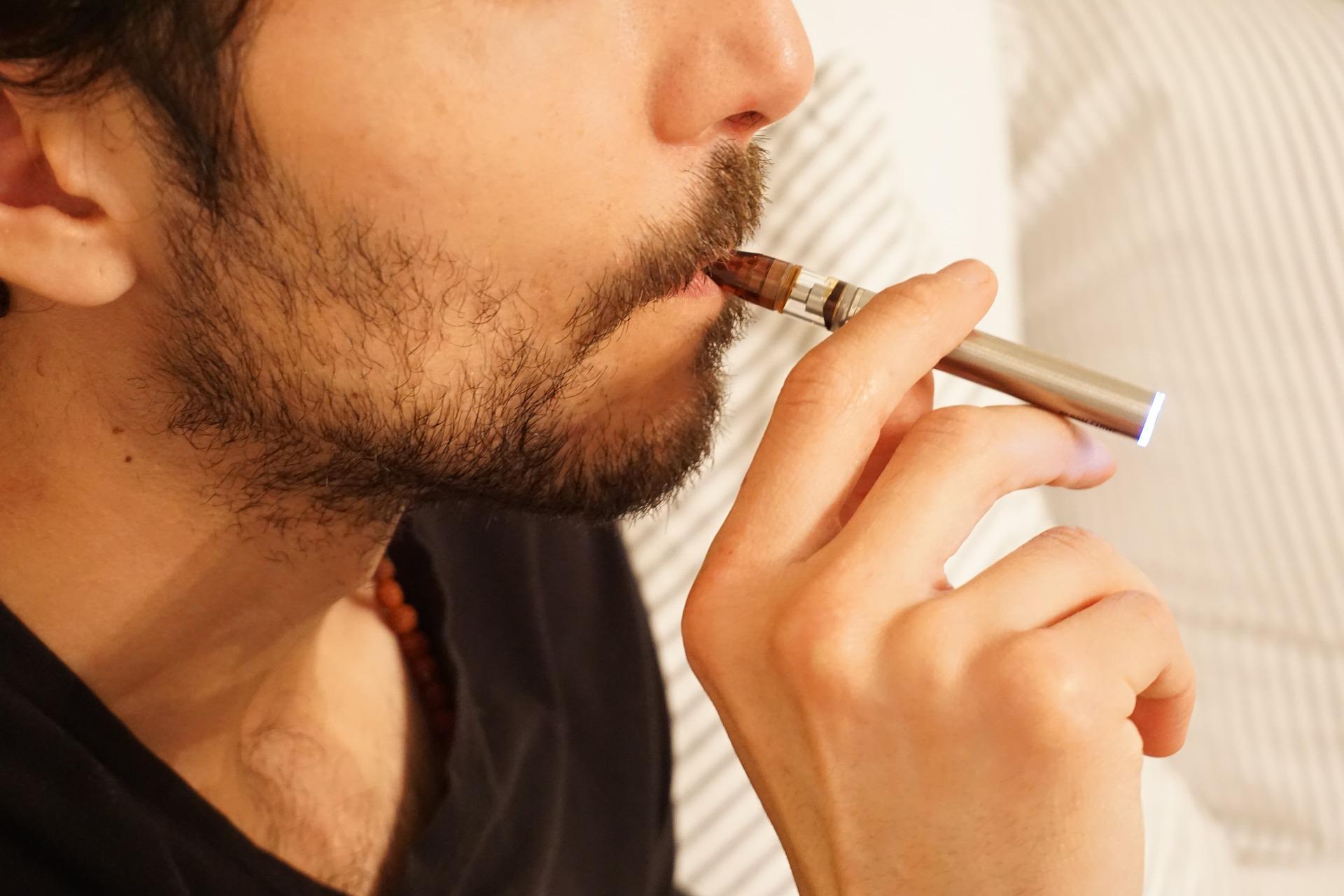How to crack your knuckles in apex?

There are a few different ways to crack your knuckles in Apex. You can either use your hands or a tool.
Using your hands, you’ll need to make a fist and then push your thumb into your middle finger. You should feel the popping sensation in your knuckle.
If you use a tool, you can use a pen or a pencil. Place the tool’s tip on your knuckle and then push it down. You should feel the popping sensation in your knuckle.
Gripping, Pressing, Twisting, and Cracking
Gripping, pressing, twisting, and cracking are all ways to release the built-up pressure in your knuckles. This can help relieve pain and stiffness.
To grip your knuckles, you’ll need to make a fist. Then, use your other hand to squeeze each finger of your fist. You’ll need to place your hand flat on a table or counter to press your knuckles. Then, use your other hand to press down on each knuckle.
You’ll need to place your hand flat on a table or counter to twist your knuckles. Then, use your other hand to twist each knuckle in a circle. To crack your knuckles in Apex, you’ll need to make a fist. Then, use your other hand to push your thumb into your middle finger. You should feel the popping sensation in your knuckle. Whichever method you choose, be sure to apply gentle pressure. Don’t force your knuckles to pop, as this can cause pain or damage.
Understanding Your Knuckles
Your knuckles are the joints where your bones meet. There are three types of knuckles: The metacarpophalangeal joints (MCP) are the knuckles of your fingers. The interphalangeal joints (IP) are the knuckles of your toes.
The carpometacarpal joints (CMC) are the knuckles of your thumb. Your knuckles are held together by ligaments and tendons. The ligaments are strong bands of tissue that connect your bones. The tendons are tough cords of tissue that attach muscles to your bones.
Your knuckles also have a lubricating substance called synovial fluid. This fluid helps reduce friction between your bones and ligaments. Knuckle cracking is a common habit, but it’s not clear why people do it. Some people think it feels good or relieves tension. Others do it out of boredom or nervousness. There is no evidence that knuckle cracking causes any long-term damage to your joints. However, it can be painful and cause swelling.
If you have arthritis, you should avoid knuckle cracking, as it can worsen your symptoms. If you want to stop cracking your knuckles, there are a few things you can try. You can keep your hands busy with other activities, such as playing with a stress ball or fidget spinner. You can also try to avoid situations that trigger your urge to crack, such as feeling anxious or bored. If you can’t seem to stop cracking your knuckles on your own, talking to a therapist may help.
Cracking your knuckles is a common habit, but it’s unclear why people do it. Some people think it feels good or relieves tension. Others do it out of boredom or nervousness. There is no evidence that knuckle cracking causes any long-term damage to your joints. However, it can be painful and cause swelling. If you have arthritis, you should avoid knuckle cracking, as it can worsen your symptoms.
If you want to stop cracking your knuckles, there are a few things you can try. You can keep your hands busy with other activities, such as playing with a stress ball or fidget spinner. You can also try to avoid situations that trigger your urge to crack, such as feeling anxious or bored. If you can’t seem to stop cracking your knuckles on your own, talking to a therapist may help.
Conclusion
Knuckle cracking is a common habit, but it’s not clear why people do it. Some people think it feels good or relieves tension. Others do it out of boredom or nervousness. There is no evidence that knuckle cracking causes any long-term damage to your joints. However, it can be painful and cause swelling. If you have arthritis, you should avoid knuckle cracking, as it can worsen your symptoms. If you want to stop cracking your knuckles, there are a few things you can try. You can keep your hands busy with other activities, such as playing with a stress ball or fidget spinner.





